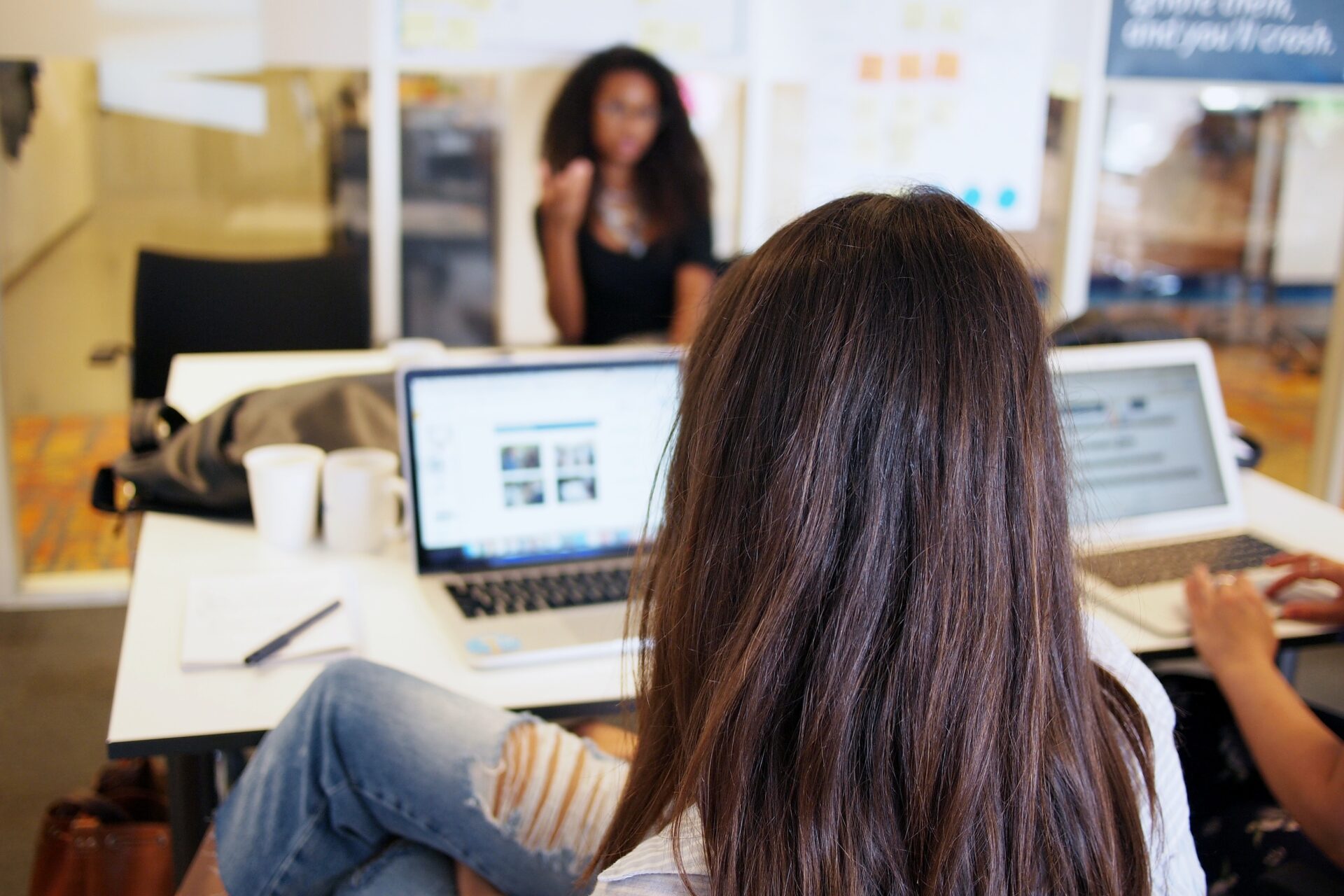Iterative design is a methodology that utilizes an ongoing process of improvement and refinement to create more effective design solutions. It involves multiple feedback cycles from stakeholders, users, and other sources, such as quantitative data. As a result, it allows the designer to continuously improve the product until reaching a final design meets the desired outcome. In software design and architecture, we call this versioning.
The iterative design process starts with users. It is a user-centered process that focuses on creating an enjoyable and meaningful user experience through user research, prototyping and testing that involves continuous user feedback. UX designers will identify key areas of improvement, such as clarity of information, usability, accessibility, and efficiency. Any changes or improvements will then be implemented, tested, and evaluated in subsequent feedback cycles.

This approach allows for the consideration of multiple perspectives while creating a design that is inclusive of all users. Usability, accessibility and inclusion are important tenets of this methodology as it ensures that all users have an equal opportunity to interact with the finished product regardless of their abilities. By taking an iterative approach, designers can also ensure that wide user demographics can be covered in a single process. The end result of the iterative process should be a product with a higher level of usability and accessibility guaranteed to meet user needs and wants. Moreover, such products are more likely to achieve the desired results and have more success in the marketplace. By including feedback from all stakeholders and users, the iterative process can ensure that no user is excluded from the product design.
From Designs to Web
Once UX design has been completed, the web design framework can be used to create a visual interface. This entails developing web or mobile application prototypes so users can interact with the product in an optimized and controlled way. The designer then takes feedback from stakeholders and users to improve the existing prototype until it reaches its intended goal.
Iterative design allows iterative experimentation, providing valuable insights into how users interact with products or services. It also helps to ensure that designs reach their desired outcome by providing the opportunity to review and improve products until they meet outlined objectives. Contextual design is essential for achieving successful outcomes, as it allows designers to prioritize usability, accessibility, and inclusion in order to create a more intuitive product. With an iterative approach, designers can develop effective solutions that are tailored to desired users’ needs.
In conclusion, iterative design is an effective methodology for creating successful products. The approach allows designers to create more usable and accessible designs by incorporating feedback from stakeholders and users into multiple iterations of a product.









